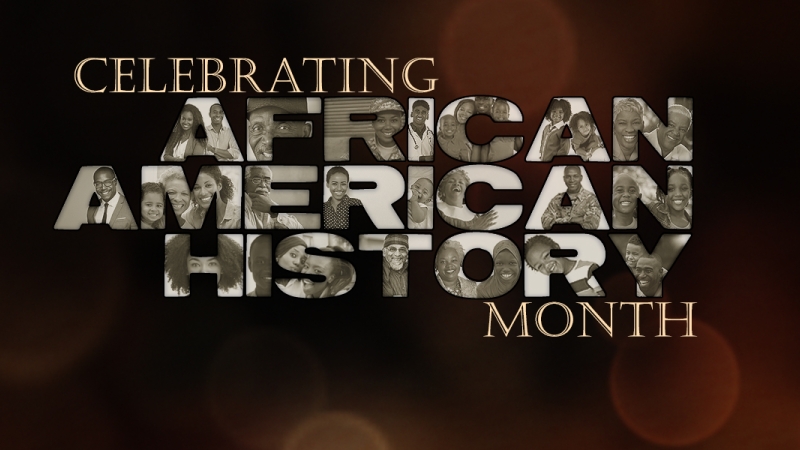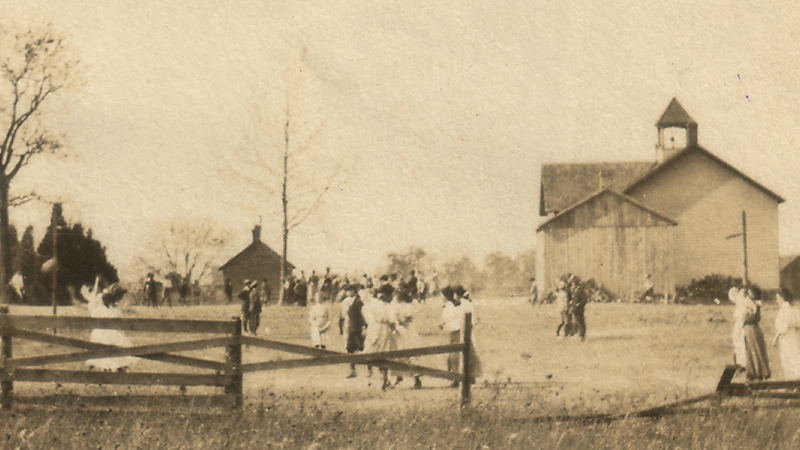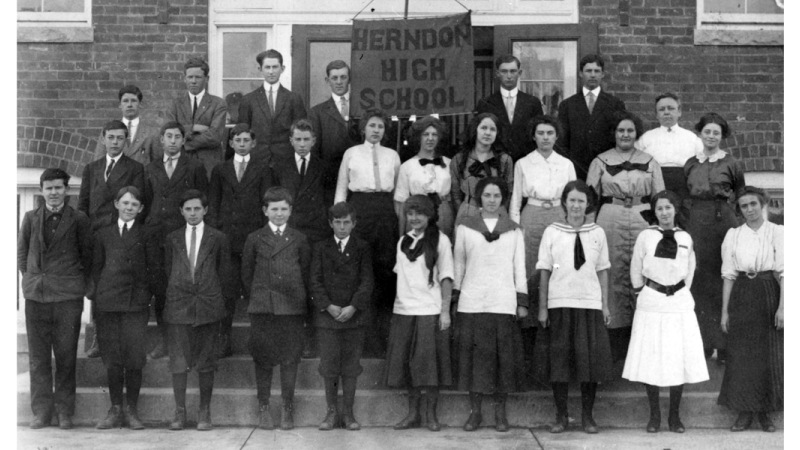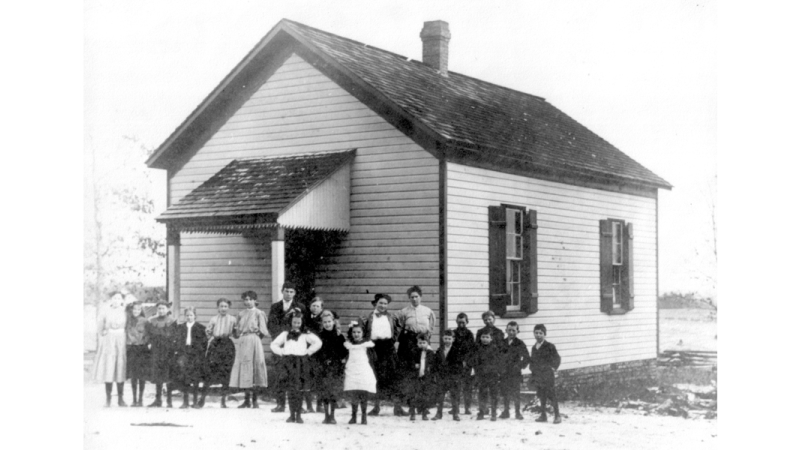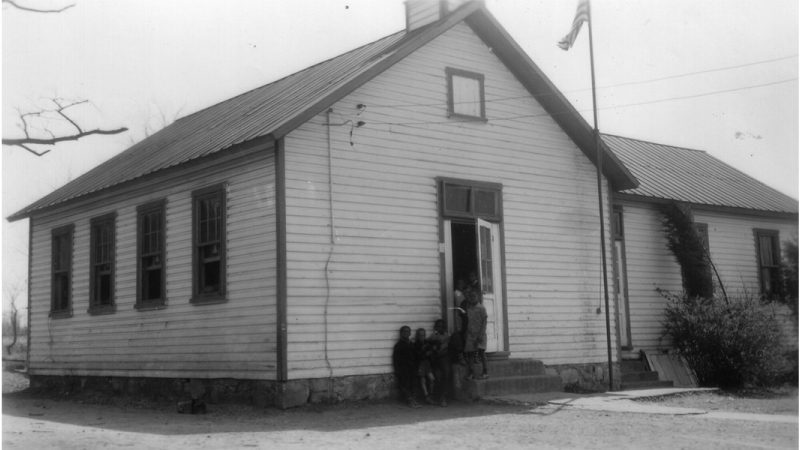
The Slaves' Stories
Members of the Enslaved Community at Mount Vernon & Monticello
I Ain’t No Three Fifths of a Person: Slavery and the Constitution explores the reactions and perspectives of key members of the Mount Vernon and Monticello enslaved communities to major events during the founding of our nation.
Through dramatic reenactments by historical interpreters, students hear the views of Billy Lee, who served as General Washington’s manservant throughout the Revolutionary War; understand the concerns of Caroline Branham and Oney Judge, who worked under Mrs. Washington’s supervision in the mansion; meet Christopher Sheels, who served as General Washington’s manservant after Billy Lee; and discover the ideas of Bob Hemmings, manservant to Thomas Jefferson.
Watch the full video on our YouTube Channel at https://bit.ly/3duF9Qa.
![]()
Following are short biographical sketches of the slaves portrayed in the video.
George Washington purchased William Lee (also known as Billy or Will) in 1768. Through primary source research, we believe Billy was at least 16 years old at the time. Early records refer to him as Washington's "huntsman", which means that he would have accompanied Washington on foxhunts and most likely helped manage his hounds. Washington was considered the best horseman in Virginia and several accounts reflect on Billy's skill as well.
Billy eventually became Washington's body servant or valet d'chambre. This position kept him by Washington's side throughout the day and responsible for a number of duties including laying out clothes, helping Washington dress, serving meals as needed, delivering personal correspondence as well as a variety of other tasks. Lee was with General Washington throughout the eight years of the Revolutionary War. Revolutionary War veterans visiting Mount Vernon after the war often stopped to talk with Billy: By all accounts, he enjoyed reminiscing about battles, encampments, and the camaraderie of army life.
Billy was with Washington throughout the Constitutional Convention; however, disability kept him from serving President Washington. Several years earlier, Billy broke his kneecap while on a surveying trip with Washington. He broke his second kneecap during an errand to the post office in Alexandria. Despite his disabilities, he was determined to travel to New York for the inauguration. Washington paid to send him; however, Billy fell ill in Philadelphia and was cared for by friends of the Washingtons until he was well enough to travel. After he became disabled, Billy became the shoemaker for the other slaves at Mount Vernon.
Although the records are incomplete, we believe that Billy's first wife and child died sometime during the Revolutionary War. He later married a free black woman from Philadelphia named Margaret Thomas who had been a seamstress in the Commander in Chief's household during the war. Little is known about their marriage.
Through the writings of visitors and those who met him, we know that Billy was stout and athletic in build. As Washington's body servant, he wore livery in his duties.
Billy was the only slave freed outright in George Washington's will. He received an annuity of $30 per year and remained living at Mount Vernon, where he often reminisced for visitors. Following his death, he was probably buried in the slave burial ground near the Washington family tomb.
Christopher was born and grew up at Mount Vernon. He was the son of Alyce who was a spinner and the grandson of “Old Doll,” the enslaved cook who came to Mount Vernon with Martha Washington after her marriage in 1759. Described as a mulatto, Christopher’s use of the surname “Sheels” suggests that he might have been the son of Christopher or Christian Shade (or Sheldes): wagon driver at the Mansion House Farm between December of 1770 and 1773. Washington and Sheldes signed an agreement on December 11, 1770, in which the latter agreed to work as a wagon driver, in exchange for bed, board, washing, and a salary of £18 per year. It did not matter; however, if Christopher’s father was free or white — Virginia law stated that the status of the child followed that of the mother. Because Alyce was enslaved all of her children were slaves as well.
Although he was briefly one of the few Mount Vernon slaves in Philadelphia during the presidency, Christopher was still a young man (15 years old). He was sent back to Mount Vernon, where he was trained as a carpenter, and did not assume the duties of George Washington’s personal servant until the president’s retirement from public life. In that role, Christopher would have had close daily contact with General Washington including laying out clothes, helping him dress, running errands, and serving when needed. His close proximity to George Washington would have provided Christopher with insight into national and family affairs.
From records we know that Christopher was bitten by a dog in October 1797. He was first treated by Dr. James Craik but when that treatment did not cure the bite, Washington sent him to Lebanon, Pennsylvania, to see a Dr. Henry William Stoy, who was "celebrated for curing persons bitten by mad animals". Washington gave Christopher $25 for the trip; Christopher brought back $12. Christopher asked for and was granted permission to marry a mulatto woman belonging to Washington’s neighbor, Roger West. Washington wrote to West telling him that he did not object to the marriage. He was disappointed later when he found a letter from the woman to Christopher discussing running away.
Christopher was in the room on December 14, 1799, when George Washington died. He had been present throughout the day as the General grew weaker. At one point, according to the account of Washington’s secretary, Tobias Lear, Washington ordered Sheels to sit and rest.
Oney was a dower slave who was born around 1774 (her age is listed as 12 in the 1786 Census of Slaves). As a dower slave, she belonged to the estate of Martha Washington’s first husband, Daniel Parke Custis. Her mother, Betty, was a seamstress. Her father was an indentured tailor from England named Andrew Judge.
Oney was trained as a house maid and she worked under the direction of Martha Washington. Like her mother and Mrs. Washington, Oney was a very skilled needlewoman. She traveled with the Washingtons to Philadelphia during the presidency. Life in the city was vastly different from plantation life at Mount Vernon. Household accounting records detail money provided to Oney and other house servants to attend the circus and other entertainments. She traveled with Mrs. Washington to visit friends of the family. Records show that she was given money to purchase shoes and dresses.
Due to Pennsylvania law which stated that any slave who lived more than six months in Pennsylvania could claim their freedom, Washington ensured that the Mount Vernon slaves were shuttled back and forth out of the state so that they never spent more than six months in Pennsylvania and would have no basis for gaining their freedom. Unable to legally apply for freedom, Oney ran away and the Washingtons began looking for her almost immediately. In May 1796, the following advertisement appeared in Philadelphia papers:
“ABSCONDED from the houshold [sic] of the President of the United States, ONEY JUDGE, a light mulatto girl, much freckled, with very black eyes and bushy black hair, she is of middle stature, slender, and delicately formed, about 20 years of age.
“She has many changes of good clothes, of all sorts, but they are not sufficiently recollected to be described--As there was no suspicion of her going off, nor no provocation to do so, it is not easy to conjecture whither she has gone, or fully, what her design is; but as she may attempt to escape by water, all masters of vessels are cautioned against admitting her into them, although it is probable she will attempt to pass for a free woman, and has, it is said, wherewithal to pay her passage.
“Ten dollars will be paid to any person who will bring her home, if taken in the city, or on board any vessel in the harbour;--and a reasonable additional sum if apprehended at, and brought from a greater distance, and in proportion to the distance."
Washington quietly had friends looking for any word of Oney, who was eventually found in Portsmouth, New Hampshire. When found, she agreed to return only if she was granted her freedom, which Washington refused.
In 1847, Oney gave an interview describing her life. After her successful escape to Portsmouth, she married a free black sailor named Staines and had three children, all of whom died before her. She was very proud of the fact that after she ran away, she learned to read.
Robert Hemings (1762-1819) was the son of Betty Hemings, an enslaved woman owned by Thomas Jefferson’s father-in-law, John Wayles. Born in 1762, Bob was Betty’s first child. There is speculation that his father was John Wayles. Upon Wayles death in 1773, Betty Hemings and her children became the property of Martha and Thomas Jefferson.
By 1775, Bob seems to have been serving as Jefferson's bodyservant, which kept him in close daily contact with Jefferson. Bob, who was described by a fellow slave as a "bright mulatto”, accompanied Jefferson to Philadelphia in 1775 and 1776 for the second Continental Congress. Until Jefferson left for France in 1784, Bob accompanied him everywhere.
After Jefferson’s departure, Bob returned to Virginia with Jefferson's horses and records indicate that he hired his services out, keeping his wages for himself. Bob's reason for wishing to remain in Virginia was no doubt his wife Dolly, a slave living near Fredericksburg and later in Richmond. After some years of shuttling between Monticello (or wherever he was working) and Fredericksburg and Richmond, Bob seized an opportunity to live permanently with his family when it was offered in 1794. Bob and Dolly had two children, Elizabeth and Martin.
The transaction that resulted in Bob's freedom is not fully understood. Dr. George Frederick Stras (1746-1811), a French émigré living in Richmond, who was also Dolly’s owner, agreed to advance the purchase price of Bob's freedom, while Bob agreed to pay his debt to Stras with service. The deed of manumission, which Stras kept until Bob paid for his freedom in service, was signed at Monticello on December 24, 1794.
For more information, visit www.monticello.org/site/plantation-and-slavery/robert-hemings.
Caroline was a “dower” slave, which meant that she belonged to the estate of Martha Washington’s first husband, Daniel Parke Custis. Caroline worked for Mrs. Washington as a house maid. She had a number of duties including cleaning, lighting fires, helping serve meals, changing beds, preparing bed warmers in the cold months, and serving family and guests as needed. Although Caroline is listed in Washington’s census of slaves in both 1786 and 1799, it is unclear as to when she arrived at Mount Vernon.
Caroline was married to Peter Hardiman, a slave who was rented from Martha Washington’s daughter-in-law and was in charge of the horses and mules at Mount Vernon. Records indicate that she had at least six children. The family most likely lived in the House for Families and later in a cabin near the Greenhouse slave quarter. Washington’s ledger shows that he purchased chickens and ducks from Caroline. It was not unusual for members of the enslaved community to raise poultry in order to earn money.
Caroline lit the fire in the Washington’s bedchamber on the morning of George Washington’s death, December 14, 1799. She was sent to bring Dr. James Craik to Washington and was in the bedchamber when General Washington died.
By law, George Washington could not free the dower slaves. In the early 1790s, he attempted to raise the money to pay the Custis family for the dower slaves, with the intention of freeing them. He tried to do this by selling his western lands, but was unable to find buyers. Upon Martha Washington’s death, Caroline became the property of her grandson, George Washington Parke Custis, and moved to Arlington Plantation where she died in the 1830s.
Slammin’ Joe was dower slave who worked as a ditcher at the Mansion House farm. Ditching was important at Mount Vernon, where Washington focused on farming. Among other tasks, the ditchers worked to help drain marshy lands so that they could be used for crop production. As a dower slave, Joe belonged to the estate of Martha Washington’s first husband, Daniel Parke Custis.
From the 1799 Census of Slaves, we know that Joe was married to Priscilla (Silla) a field worker at Dogue Run Farm. They had six children: Sophia, Savary, Penny, Israel, Isrias, and Christopher. Priscilla was owned by George Washington and because of Virginia law, which stated that the status of a child followed the status of its mother, their children were also Washington’s slaves.
Theirs was just one of many “long distance” marriages at Mount Vernon in the 18th century. Because you lived where you worked, Joe spent Monday through Saturday afternoon at the Mansion House farm, unless assigned to work at one of the four outlying agricultural farms. Silla was a fieldworker at Dogue Run, where she lived with the children. Slammin’ Joe spent Saturday evening and Sundays with his family. Upon his death, Washington freed all slaves belonging to him in his will—an act that granted Silla and the children freedom. However, as a dower slave, Slammin’ Joe did not gain his freedom. What should have been a joyous occasion for this family was stained with loss.
